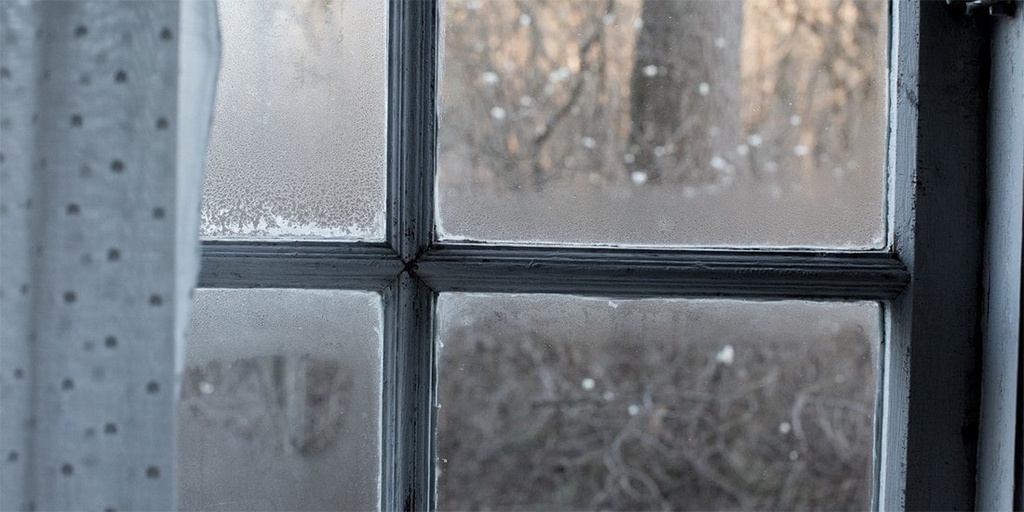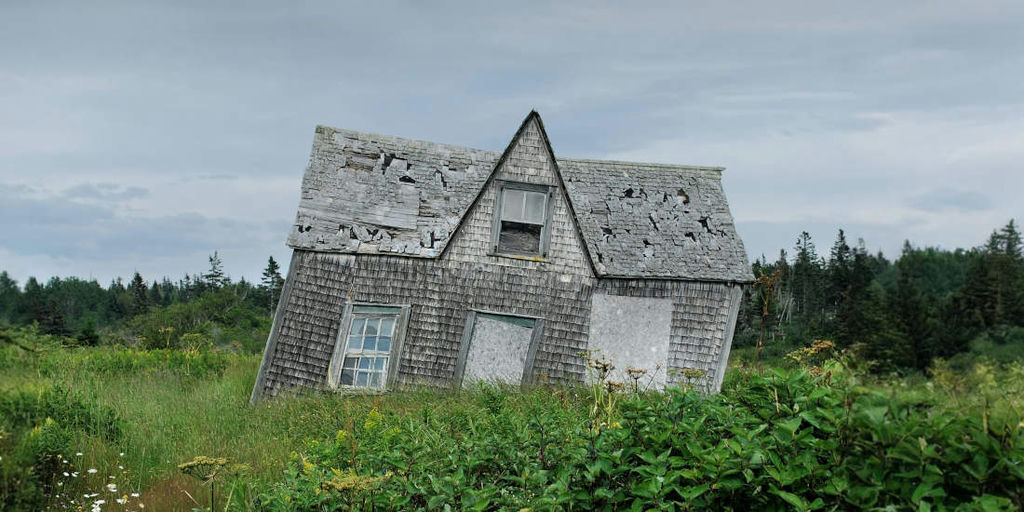Seal those cracks
- Earth Points
- 10
- Ease
- Medium

Photo by Ozgu Ozden on Unsplash
Description
Outside air can leak through the cracks around your windows, doors, and other openings. Reducing these air leaks benefits your comfort and the environment by reducing the energy used to keep your home at a steady temperature.
Common air-sealing techniques are caulking, weatherstripping, and adding spray foam barriers. With these techniques, you see quick returns on investments, often within a year. Give it a try and go on a hunt to seal those cracks!
Tips
• The typical spots where air sneaks in and out are near windows and doors, electrical outlets, baseboards, fireplaces, recessed lighting, attics, dryer vents, and where utility lines come into your home.
• A simple way to check for leaks is by using a lit match by a closed window or door. The smoke from the match will waver and move if you have a leak. If you can see light coming through a crack, the air is also getting through.
• Not sure how to seal the leaks? There are lots of great tips online like this. You can also search for how-to-videos to get more comfortable with the sealing process.
• Want some help with this project? You can get a home energy audit or check if your utility company does a home energy assessment to find air leaks. The same people doing the audit or a handyman can then seal things up for you.

